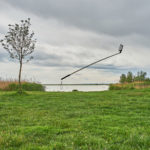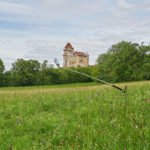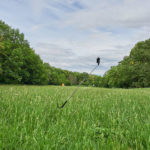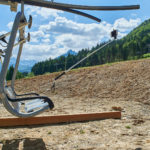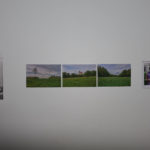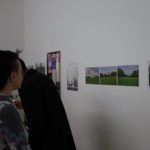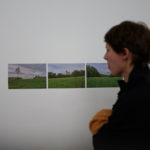To view a photo in its original size, click on the preview box 🙂
(Translated into Latin as, “Alienation”)
The Alienation of the Self-Portrait
According to Vilém Flusser, photography should be seen as a kind of “fingerprint” that an object leaves on a surface, and not simply a representation of the object, as in painting. Photographs are objective ideas that we have in relation to the concrete ideas surrounding us. However, there are also subjective phases in the act of photography, making the differentiation between subjectivity and objectivity problematic. To an extent, photography serves as a tool for objective vision. Using photography, the artist is able to look for a point within time and space. (Vilém Flusser, “The gesture of photography” -from the book Gestures, 1994)
A “selfie” does not show you as you are, but how you want to be perceived, says Philipp Tingler. The selfie should make the moment perfect. “Alienatio” deals with the relationship between self-concept and self-portrait in the digital age.
If one understands the overused term of “alienation” as a kind of disturbed world and self-appropriation, as does the philosopher Rahel Jaeggi, then in this context selfies make a very direct contribution to a phenomenon we can call “digital alienation”: people cannot keep up with their own presentations of themselves.
Konrad Paul Liessmann, Professor of Philosophy and Ethics at the University of Vienna, asks the following question: What does this demonstrative photographic self-thematization of the late modern subject mean? Liessmann writes: “The ‘selfie’ also refers to the inadequacy of the moment… You show yourself as you are and thus demonstrate that you might not take yourself so seriously, after all. An arm’s length becomes the yardstick for ironic self-distancing.” The selfie does not originate from the inadequacy of the moment, but rather there is an attempt to make the moment perfect, by using the selfie. (from the article by Philipp Tingler)
It will be penetrating and revealing if the photographer has chosen a good moment to stop reflecting. Reflection therefore forms part of the photographer’s search and his manipulation. It is a search for himself and a manipulation of himself. (Vilém Flusser, as translated by Nancy Ann Roth)
